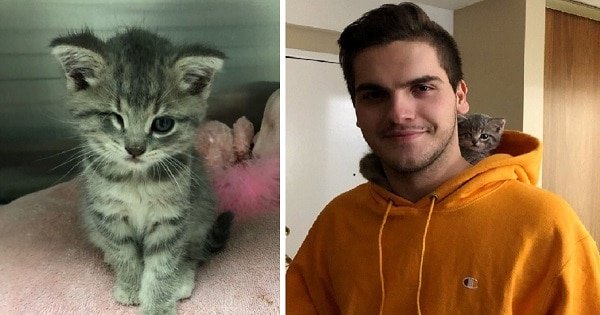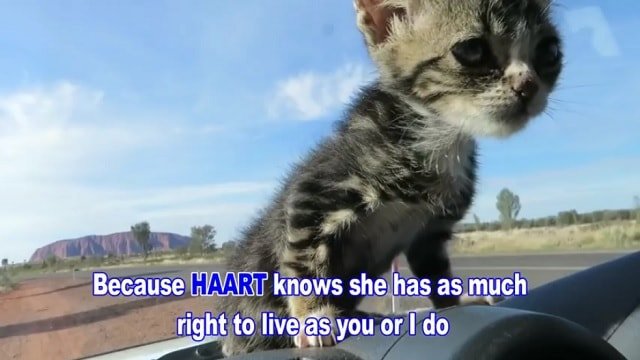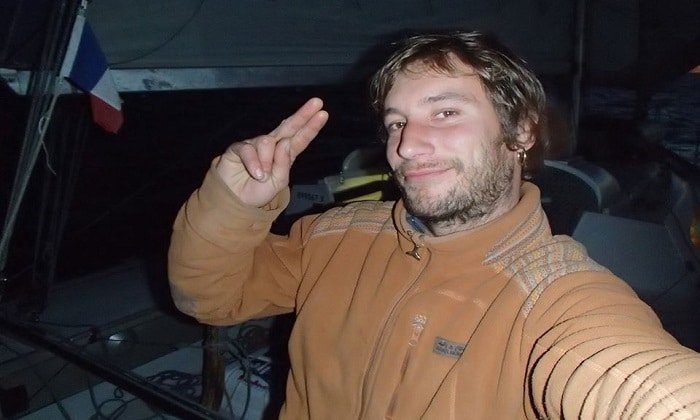SARTANA, UKRAINE - They fight rats, depression and they even serve in combat roles — dogs and yes, some cats, have turned into a prized companion for fighters on both sides of eastern Ukraine’s separatist war.
In Sartana, which is a suburb of the Sea of Azov port city of Mariupol that remains Kiev’s main stronghold in the conflict zone, two purring cats live alongside hardened government soldiers who face threats at the battle front on a daily basis.
The pets were rescued from pro-Russian rebel shells which fell on the nearby flashpoint village of Shyrokyne, devastated and all but abandoned by its 1,000 residents.
“We and the cats have a win-win relationship,” machine gunner Pavlo, a 28-year-old archaeologist from Kiev who was forced to stop working on his doctoral thesis after the insurgents revolted in April 2014, says while stroking his furry friend.
“Cats are a domesticated animal. Where there is a cat, everything is alright,”
said Pavlo.
The 23-month conflict has claimed the lives of almost 9,200 people and driven more than 1.5 million from their homes.
A series of periodic truces have helped quiet some of the war’s biggest guns, but increasing exchanges of fire and mines scattered throughout the conflict zone kill civilians and soldiers almost daily, with night-time especially unsafe.
For soldiers like Pavlo, any sign of the long-forgotten joys of normal life is cherished dearly, with the pets around them treated like royalty.
A large black dog which has been given the nom-de-guerre Gilza (Bullet Shell) cuddles up at Pavlo’s feet as he speaks.
“Dogs are also an irreplacable assistant,” says Pavlo.
“They work like an alarm when there is a threat. That is because they hear and see much better than people do. They warn us whenever the enemy nears.”
- ‘An anti-depressant’ -
A military medical attendant who only provided his codename, which is Rodon, treats cats like irreplaceable colleagues who help fight the spread of infectious diseases by hunting down the rats and mice.
But Rodon admits that the animals’ greatest value comes from the morale boost they invariably give each and every one the homesick soldiers.
“They are like an anti-depressant — they lift your mood,” Rodon says.
“You call them, and a whole swarm of them comes running your way. And you immediately feel better,” says Rodon while a dog licks some food from his hand.
Besides soldiers, Rodon also treats dogs, even giving them medical treatments from his own medicine chest if they need it.
“We brought back many dogs from Shyrokyne who were abandoned by residents fleeing the shelling,” says Rodon.
“When they all suddenly fell ill, I treated them with antibiotics and made them drink vodka,” he says, referring to a tipple renowned for being the antiseptic of last resort.
- German Shepherds among rebels -
On the other side of the front line, a 40-year-old rebel who is known to his fellow separatist fighters as Turok (The Turk), commands an entire squadron on the outskirts of the insurgents’ de facto capital Donetsk.
He proclaims himself a sworn enemy of pro-Western Kiev’s forces, but worships animals in much the same way as his opponents do.
“We have a lovely German Shepherd that decided to live with us at the very start of the war. She was abandoned by the locals,” Turok recalls.
“But she recently died when she stepped on a mine,” he adds gravely. “All she left behind were her puppies.”
They have been kept in a pound to prevent them from running off to the front in the heat of battle, where live exchanges of fire occur daily, accompanied by the periodic use of much heavier and more deadly weapons.
“We call the red one Praporshchik (Warrant Officer) and the black one Mayor (Major).”
However, the Ukrainian gunner Pavlo refuses to christen his cats.
“I do not want to give them any names associated with the war,” Pavlo says.
“I will name my kitten once I take him home” to Kiev, he adds.








